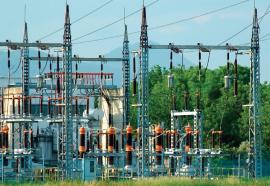Ontario's Feed-In Tariff
Can a European-style renewable model work in the Americas?
The Province of Ontario, Canada is the first jurisdiction in North America to implement a European style feed-in tariff (FIT). It also was the first jurisdiction in North America to have a comprehensive standard-offer program for electricity supply from renewables.











